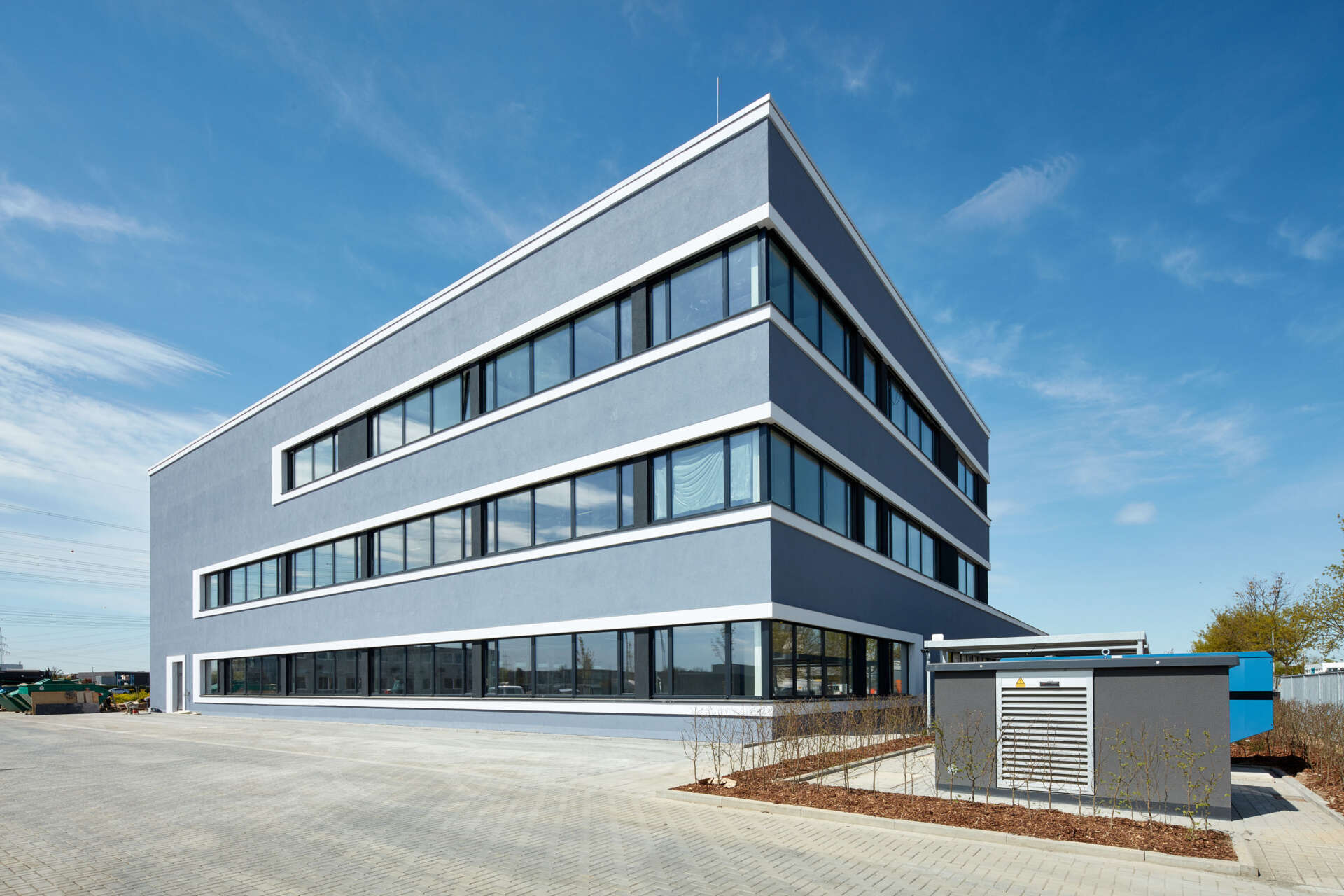About the advantages of the Bauteam model
Cost and schedule overruns are not uncommon on German construction sites. Alexander Horsch, Managing Partner of CP Bauteam, explains what this has to do with the local top-down culture and why it works better in partnership.
Mr. Horsch, key features of the Bauteam model you practise are transparency, open communication, consensus-seeking – does that fit in with the German conflict culture of permanent opposition?
That’s a difficult question, to which I would like to respond with a counter-question: Where has this conflict culture led us? To a large number of projects in which costs explode, which are completed far too late and are riddled with defects. Why is that? Because we maintain the old, traditional top-down working methods. Another potential source of conflict is the separation between planning and execution. Our own interests are often placed above those of the partners involved, and the different horizons of knowledge and experience are used against each other rather than in the common interest. Basically, the challenges facing mankind are becoming more and more complex. Value creation is becoming increasingly dynamic at a breathtaking speed, predictable market cycles are becoming shorter and shorter, and external influences like now the invasion of Ukraine or the collapse of the supply chains mean that the tasks are becoming less and less manageable by individuals.
What needs to change?
Complex, agile projects require teams that are capable of solving these challenges. What we also need is lifelong learning. But can employees afford that at all? As a top-down society that cultivates working methods from the industrial revolution, we are lagging behind the challenges that need to be met – including the construction industry, which is so important for the German economy: keyword: digitalization, keyword: women in leadership positions, keyword: lack of young talent. Too many projects fail in different ways, and that’s why I think there needs to be a change – especially culturally and in terms of working methods. This is a realization that is currently taking hold in the industry and has already been implemented by CP Bauteam for many years.
The prices for construction and raw materials are currently skyrocketing. What impact does this have on cooperation in construction projects?
The cost explosion has serious consequences – especially for the cooperation between contractors and owners. In formal legal terms, the contractors alone bear the additional costs; that is their entrepreneurial risk. However, we just see how fragile this linear business model is: As already described, value creation can hardly be planned in view of dynamic prices and markets. External influences such as the floods in the Ahr valley (Germany 2021), or the armed conflicts in Ukraine are neither predictable nor calculable, let alone controllable. In the end, projects fail because one partie has its back to the wall or drops out.
What advantages does the Bauteam model offer to clients?
To stay with the cost issue: In the end, the client has to pay what it costs to construct a building. But you can of course try to optimize costs. And the best way to do that is together. That’s why we form a team with the client, the planners and the contractors, which pursues common interests rather than divergent ones. Systematically, the Bauteam model differs from pure design & build-models in that it bundles broad knowledge from the client to planners, construction managers and executors to find solutions without loss. IQ becomes WeQ – individual intelligence becomes swarm intelligence. To achieve this, it is necessary to agree on common values and goals with all participants and the client as a team. The schedule and quality targets must be based on realistic assessment by all project participants. Projects set up in this way are simply less susceptible to disruptions, and this is the key to punctuality, budget and quality compliance.
Energy efficiency and renewable energy supply were already high on the agenda anyway. Have the Ukraine war and its geopolitical consequences now fully set builders on this path?
That remains to be seen. Unfortunately, the current energy crisis ruthlessly demonstrates how we as a society and how our economy are still dependent on autocrats. Of course, it would have been helpful in this context if we had already pushed ahead with the energy turnaround and were thus less dependent. Regardless of this, I believe that the social consensus “pro energy transition” is greater today than it was six weeks ago. So the crisis is pushing us forward, and we will emerge stronger as a society.
On April 26, the NRW Design & Build Conference will take place for the first time in Cologne as a regional edition of the Design & Build Conference Germany, which has been successful for years. Who should attend the conference?
Above all, current and potential builders who want to deal with the price explosions and schedule delays as well as possible ways out of them. And, of course, the conference is also of interest to planners and contractors who want to take home ideas for their future direction. In short, everyone who is involved in construction projects in the broadest sense should visit the NRW Design & Build Conference.
The rights of use have been made available to The Property Post by CP Bauteam GmbH
First publication: TPP, March 2022

